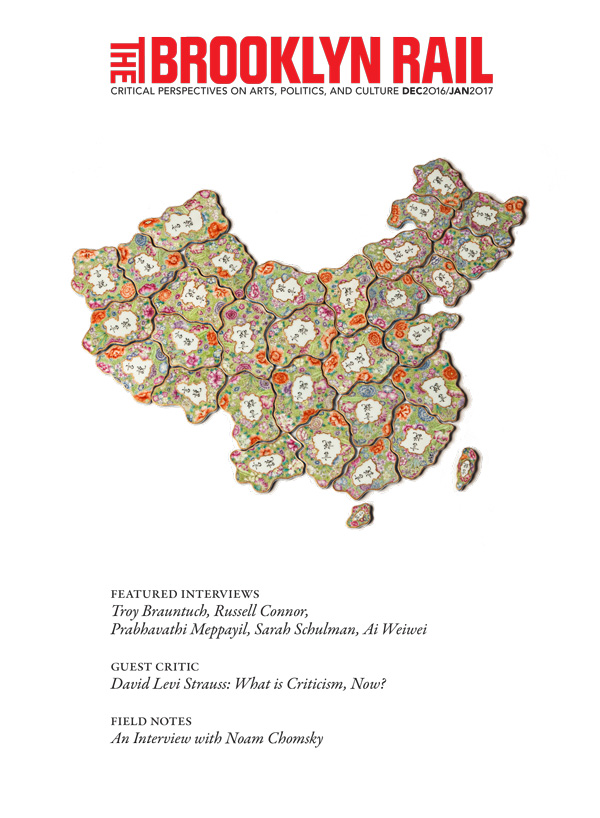How to Value Criticism?
by Noah DillonI’ve found that Bob Nickas describes criticism best in his recurrent references to “biting the hand that feeds.” I can’t recall admiring a demure piece of criticism. Historiography, metaphysics, and formal analyses have never told me why I should take something seriously. Instead, critics have the grotesque obligation of taking into their mouths something offered, and more.
I perceive negative art criticism as rare in print, at least in part because publishers need approving galleries to buy ad space. More significantly, support for criticality and critical thinking appears dismal in the wider culture. It’s often met with hypocritical rejection; lax ethical relativism, like “don’t hate;” or the nauseous reduction of ideas to antitheses—for or against. That fearful caricature of criticism as the meddling antagonist goes back as least as far as the Greeks’ caustic god, Momus.
Here’s a measure of criticism’s value: payment for this essay is fifty dollars. That’s not intended as a knock against the Rail; they’ve got limited funding and have generously fostered multiple communities for sixteen years. This is, however, pretty close to the standard rate for art writing, including artcritical, where I work: often nothing, sometimes fifty dollars, and, if one hustles and gets lucky and pesters editors incentivized against giving strangers a shot, a little more. Additional employment can be difficult to get, juggle, and to balance with writing. Public and nonprofit funding is scarce and competitive. I’ve got IOUs from several publishers, and student loans that make my eyes bleed.
Another measure is the mushrooming of venues for critical writing, holding a greater diversity of approaches and opinions, especially online. Although barriers to financial stability are high, barriers to entry are very low.
It is bewildering trying to comprehend exactly how art’s market can support the thousands(?) of people within its orbit, including me. Gallery and museum staff, artists, publishing, auctions, real estate, conservators, art handlers, fabricators, etc., worldwide, are held by a market that’s about sixty-four billion dollars per year.
As with capitalism everywhere, the art market invents new resources, and concentrates wealth, advantage, power. It partitions that wealth, and art generally, from the world. A portion of that sixty-four billion dollars is spent on publicizing the enterprise, and little is dedicated to reflecting on its problems, or the global problems art addresses or ignores: death eats Syria, bots are fighting wars and electoral campaigns, the planet is burning, and global superpowers are competing for fascistic self-destruction. Art and criticism have urgent, if small, roles to play in addressing such problems. Nonetheless, skepticism—knowledge by empiricism, the basis of criticism—is crucial now, in the criticism of art, politics, dogma, illiberalism, violence.
A fairer market might cultivate and value criticism more, though it would probably only result from a more equitable distribution of power and resources generally. Recent authoritarian victories, in the U.S. and elsewhere, have dealt terrifying blows against hope for such reform. It is now even more pressing that we destroy the hands trying to shove bullshit down our throats.



























